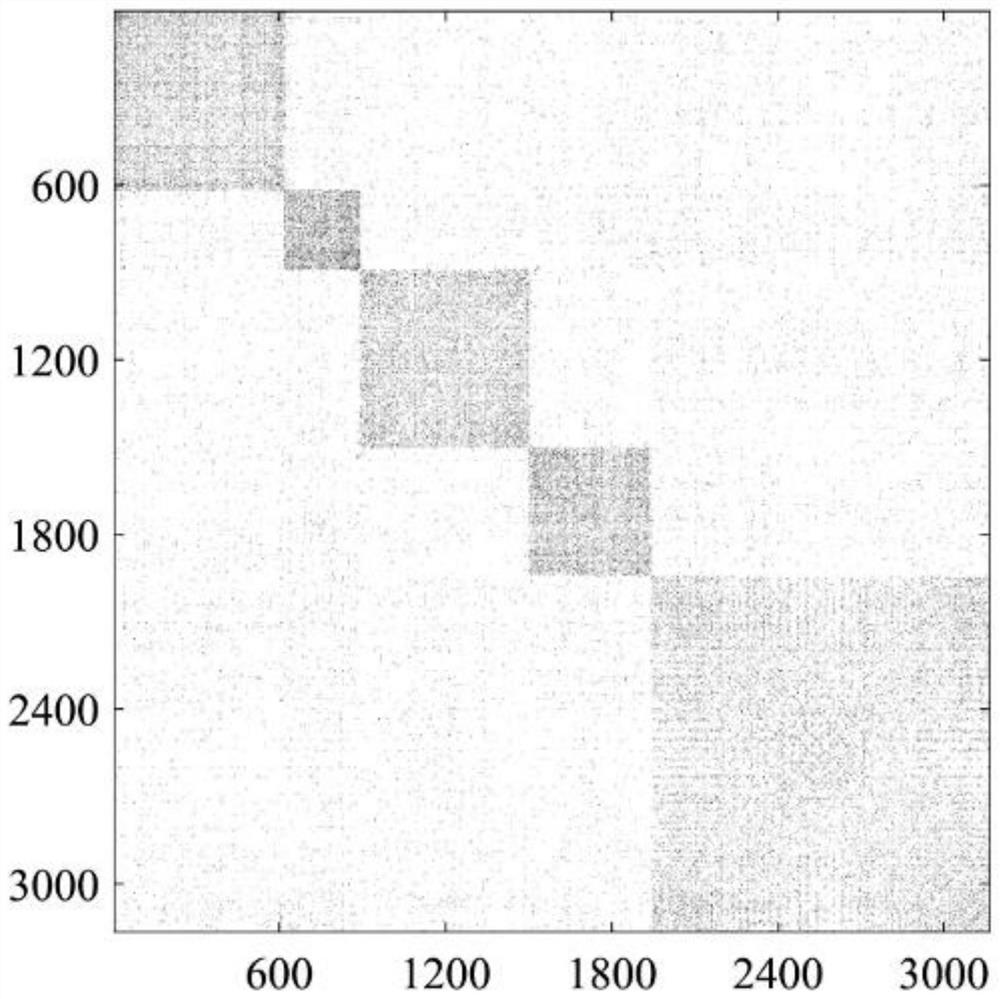Urban functional area identification method based on multi-subspace model
A technology of urban functions and identification methods, applied in the field of geospatial information identification, can solve the problems of limited feature mining, inability to describe functional areas concisely and accurately, and inaccurate clustering results.
- Summary
- Abstract
- Description
- Claims
- Application Information
AI Technical Summary
Problems solved by technology
Method used
Image
Examples
Embodiment Construction
[0051] The present invention will be further described below in conjunction with the embodiments and accompanying drawings, but the present invention is not limited in any way. Any transformation or replacement based on the teaching of the present invention belongs to the protection scope of the present invention.
[0052] Such as figure 1 As shown, a method for identifying urban functional areas based on a multi-subspace model includes the following steps:
[0053] Step 1. Obtain taxi trajectory data and check-in data in the research area;
[0054] Step 2, constructing a partition-oriented timing feature matrix C based on the purpose of visit;
[0055] Step 3, input the time-series feature matrix C into the sparse subspace clustering algorithm, and calculate the corresponding relationship between geographical units and urban functional areas;
[0056] Step 4. Obtain the prominent feature locations of each functional area, and then identify the main functions of each functio...
PUM
 Login to View More
Login to View More Abstract
Description
Claims
Application Information
 Login to View More
Login to View More - R&D
- Intellectual Property
- Life Sciences
- Materials
- Tech Scout
- Unparalleled Data Quality
- Higher Quality Content
- 60% Fewer Hallucinations
Browse by: Latest US Patents, China's latest patents, Technical Efficacy Thesaurus, Application Domain, Technology Topic, Popular Technical Reports.
© 2025 PatSnap. All rights reserved.Legal|Privacy policy|Modern Slavery Act Transparency Statement|Sitemap|About US| Contact US: help@patsnap.com



